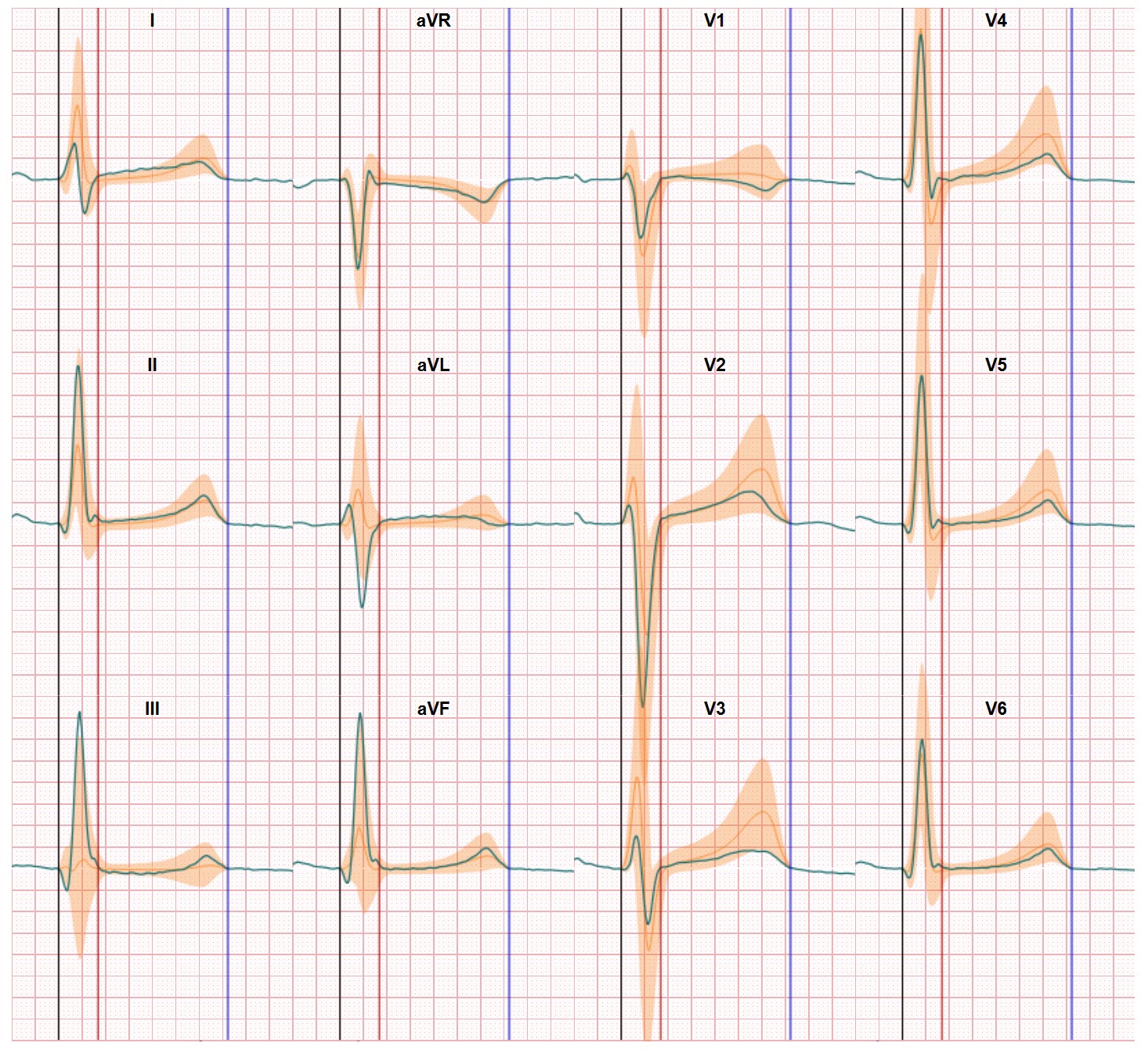Over the past months we have used this blog to contemplate over the rise of automated ECG interpretation. A lot of inspiration for these blogs was found in the Mayo Clinic Making Waves series of podcasts with professor Peter Macfarlane. In the latest version the discussion flows from the early days towards the view on the future.
In these interviews by Dr. Anthony Kashou with Macfarlane we learned on the small and sometime big steps the team from Glasgow had to make and the great role Macfarlane played in all these developments.
Starting without even computers and just pen and paper the team experimented with 3 lead data and cumbersome data transformation solutions like magnetic tapes and slow telephone connections.
Huge benefits have been achieved in automated ECG interpretation
But also on the huge benefits which have been delivered by effective analysis of ECG signals. Especially ST elevation detection which is an important ECG feature for the timely identification of Myocardial Infarction (the so-called STEMI criteria) has been accelerated by automated ECG interpretation.
Macfarlane also deserves huge credit for identifying the ECG interpretation differences between males and females, age groups and sometime ethnic groups. These difference are small but relevant and especially relate to higher voltages (ECG amplitude forms) and are so often missed.
Regarding the future of ECG interpretation the observation from the series of interviews is a relative standstill in development over the past decades. And Macfarlane honestly tells he is not expecting any new fantastic breakouts in the near future from the Glasgow team.
The future he depicts shows two pathways to improvement: the use of Artificial Intelligence and the centralization of ECG analysis.
Artificial intelligence, according to Macfarlane is not the holy single solution but may probably function best when integrated with conventional methods of ECG interpretation. And the rise in computing power may offer a way forward in putting more intelligence in small devices such as wearables (watches) but the more complex ECG interpretation software, especially when AI is involved is in the process of continuous improvement. And this, combined with the introduction of 5G or even higher up the scale data transfer options, would be better off with centralized systems for ECG interpretation. Software updates will be simple, effective and immediate and patients will benefit from this.
CineECG reflections on the rise of automated ECG interpretation
First we recognize the relative standstill in ECG interpretation performance over the past decades and the slow progress AI has made in supporting physicians in ECG interpretation. Second we recognize the focus of AI based interpretation on heart rate and heart rhythm and the lack of progress in ECG waveform analysis. As appropriate in lots of insight stories it’s important to notice which topics have not been addressed in the series. And for us the progress in computerized modelling as a way forward in ECG waveform interpretation is missing from the tableau.
And there’s so much more to see in the ECG if you start to follow this route. In the many blogs which we will produce this year we will focus on the added value the CineECG approach has for ECG interpretation and we will show the rise of automated ECG interpretation is just arrived at the mid-station. We invite you to follow our blog and enjoy your comments on our views.






